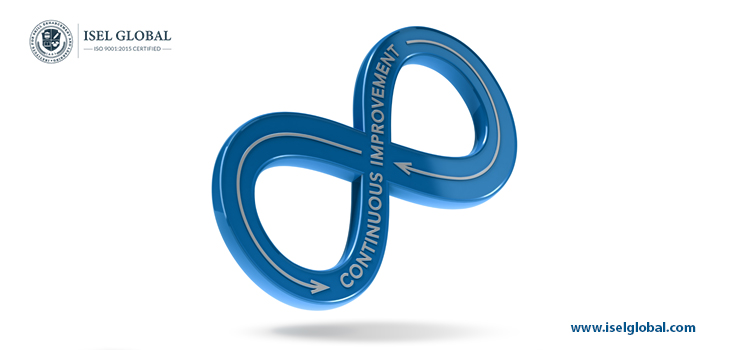How to Use Six Sigma Green Belt to Reduce Billing Errors in Healthcare?
The adoption of Lean and Six Sigma processes well-co-ordinated with online training in healthcare quality management has increased significantly over the last decade, especially in hospitals, clinics, and clinical laboratories. To reduce healthcare costs, billing processes are examined to identify areas where errors occur and where Six Sigma certification tools can be applied to improve error processes as well as career goals.

Define - During the definition phase of a Six Sigma project, the implementation team faces the challenge of identifying the problem, defining its scope, and identifying any actions that can be taken to make improvements. To better understand the billing process, you need to create a Provider-Login-Process-Exit-Client (SIPOC) diagram.
The team also collects process-related “Voice of the Client” information to provide a basis for evaluating customer satisfaction with process outcomes, while identifying and prioritizing key quality, customer, and project satisfaction characteristics.The clients of the process in a healthcare billing scenario are primarily service providers who work in medical information management and patient billing departments and who create invoices for healthcare organizations.
Measure - Measuring the billing process begins by plotting the dollar amount for all procedures and patient tests performed but not billed for several months. The result is a process control chart that provides a visual representation of the average monthly cost for each test performed.
It is used to determine how often individual interventions and laboratory tests are performed but are free of charge. This creates a baseline against which the Six Sigma Green Belt Certification team can evaluate changes following the interventions they offer.
Unbilled procedures, in most cases, can be directly linked to specific areas of the health care system. Six Sigma can focus on specific departments, clinics, and laboratories to identify physicians who have performed or ordered clinical procedures that are not fabricated.

Analyze - The Six Sigma Analysis phase measures how often clinical procedures are performed but does not charge for systemic defects. The team then proceeded to create a causal tree diagram to determine the root cause of the failure.
The causal tree diagram helps the team to represent and visualize the problem and its root causes, drawn in contrasting colours. In addition, cause-and-effect diagrams allow you to consider possible proximal causes, which can also be specifically targeted. Many instances of underbilling in the health care system result in inadequate documentation of the need for clinical procedures.
Improvement - Once the cause of the unbilled medical procedure has been identified, potential solutions can be outlined in a grid chart. To improve the documentation of clinical procedure requirements, one solution is to introduce an electronic ordering system for each application, which requires doctors and laboratory technicians to enter the required medical or procedure requirements.
Cheat sheet printouts are also common, as they help healthcare providers know what procedures are required based on the patient's symptom diagnosis while training clinical staff involved in ordering procedures and submitting applications. Impact-effort charts authorize teams to rank different decisions based on their impact and effort, so they can easily identify the interventions that produce the greatest impact while requiring the least amount of effort.
Control - Once the intervention is in place, there are several steps in the control phase that help monitor improvement, including:
- Documenting Process Changes: Maintain records of all inquiries and procedures requested from all parties involved, including physicians, lab technicians, clinic managers, and patient accounts.
- Process change support: Once changes are made, a report is generated that summarizes the billing deficiencies identified and their frequency. Reports are shared with doctors and management.
Recommendations for Future Plans: This is an overview of other initiatives that can be taken to address the problems identified more broadly.
Read our published article on Print Media and ANI.


Conclusion
Implementing lean six sigma certification tools to improve process quality in a healthcare environment is critical to identifying specific billing processes that need to be changed and improved. Specific interventions can then be made in the billing process to maintain productivity gains.
Past Events
-

-
 2022-06-28 11:24:37 Lean Six Sigma Principles to Adopt Immediately for Business Growth in 2022 events
2022-06-28 11:24:37 Lean Six Sigma Principles to Adopt Immediately for Business Growth in 2022 events -

-

-

-

-

-

-

-
.jpg)
-

-
.webp)
-

-
 2022-03-12 13:57:16 Top 10 Reasons Why You Should Go for Six Sigma Green Belt Certification in 2022 events
2022-03-12 13:57:16 Top 10 Reasons Why You Should Go for Six Sigma Green Belt Certification in 2022 events -

-

-

-

-

-

-

-

-

-

-

-

-

-

-

-

-

-

